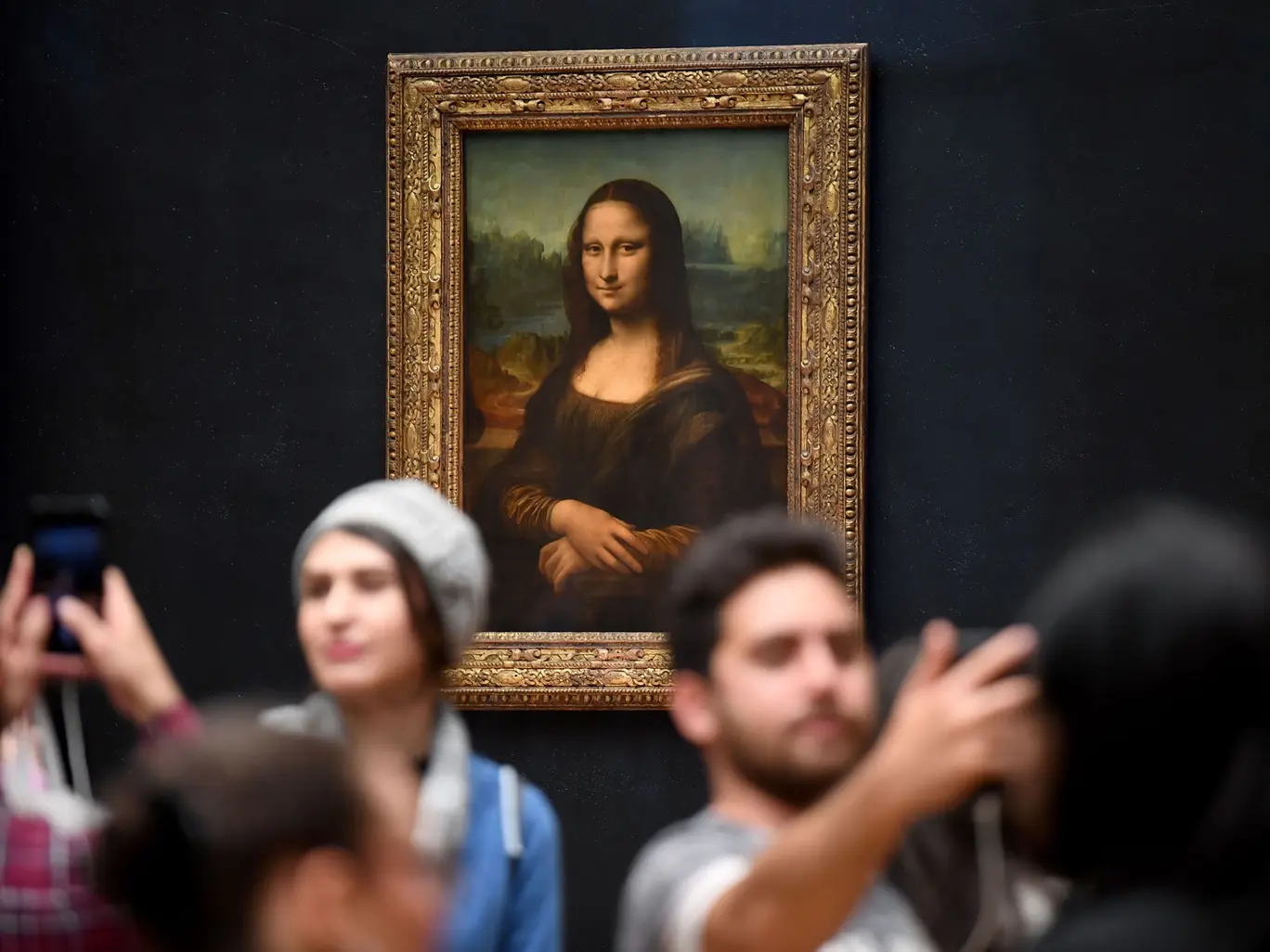It was a sad day for the world of art when Carte Blanch released its investigative piece into the state of Johannesburg Art Gallery (JAG). The episode revealed that the situation is dire, at best. The structural integrity of the building is below par, with resultant water leaks constantly damaging priceless works of art. Of course, much of these artworks aren’t seen at all as they sit in storage. That which is seen, the segment reveals, could be easily stolen, with the lack of security. It’s only so easy to steal because there’s no one to stop you if no one is there. Ultimately, for the biggest version of the white cube gallery in Africa, the situation is a cause for concern.
What happened to JAG? Is it simply another extension of the disappointment of things left to the care of the state, which has shown its disregard for the arts and cultural industry? Or is the historic museum’s formula just not suited for the modern art market?
The landscape is shifting as we move away from traditional gallery spaces, museums and “the white cube”. The role of the artist has long since changed, with a lot of contemporary art not even being commodifiable in its perhaps ephemeral nature. Naturally, the structure of the gallery and the role of the curator should also then change.
In line with the very decentralised artistic practice of contemporary art, a big emphasis is being put on independence from all angles of the art world. No longer is an artist necessitated to be tied to a gallery/gallerist to become successful. Models like that of our very own Bubblegum Gallery are becoming more popular in not only South Africa but the world at large. A residency model allows a gallery and artist to work collaboratively for a season, with the gallery providing resources to allow the artist to produce new material.
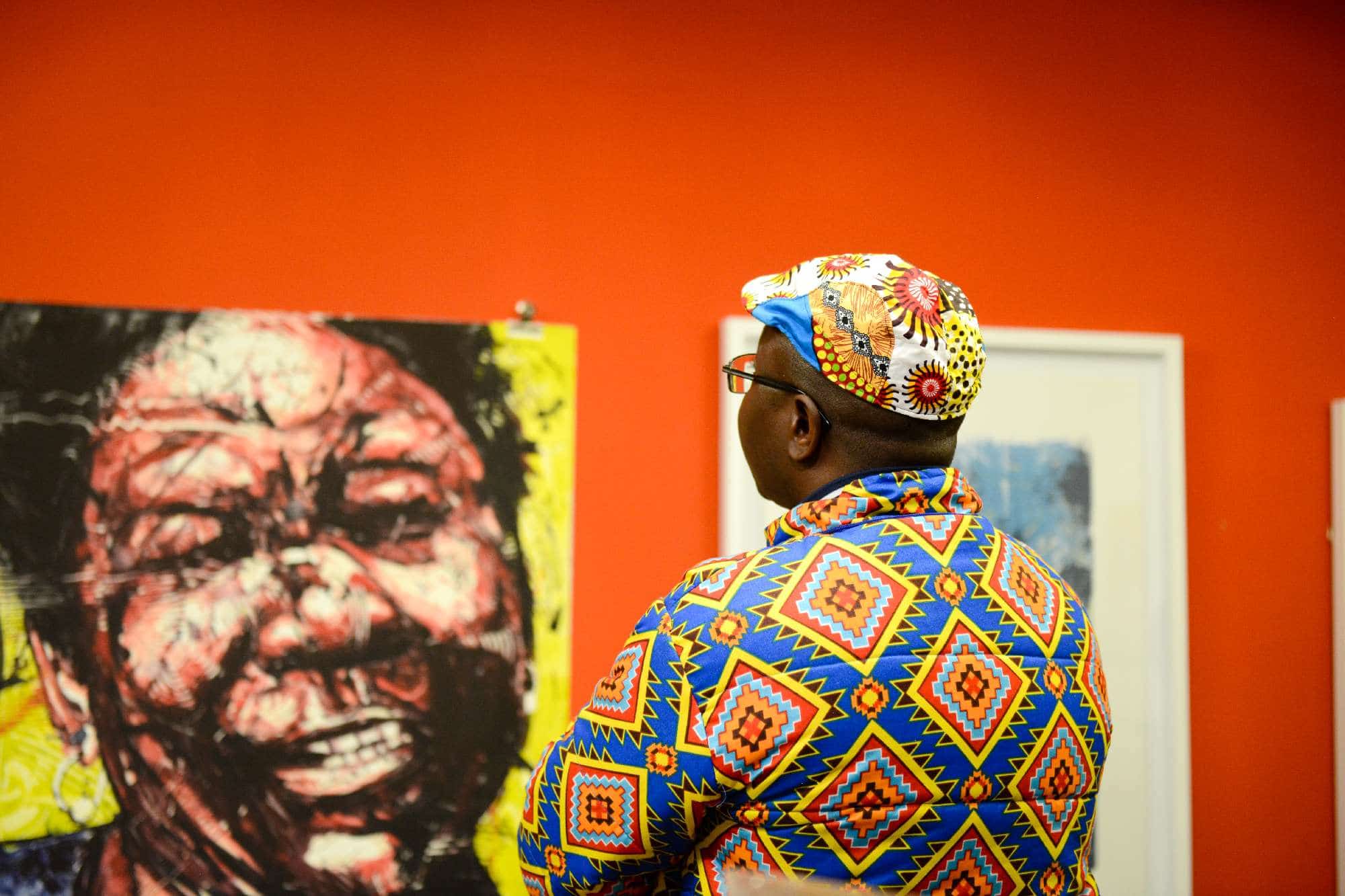
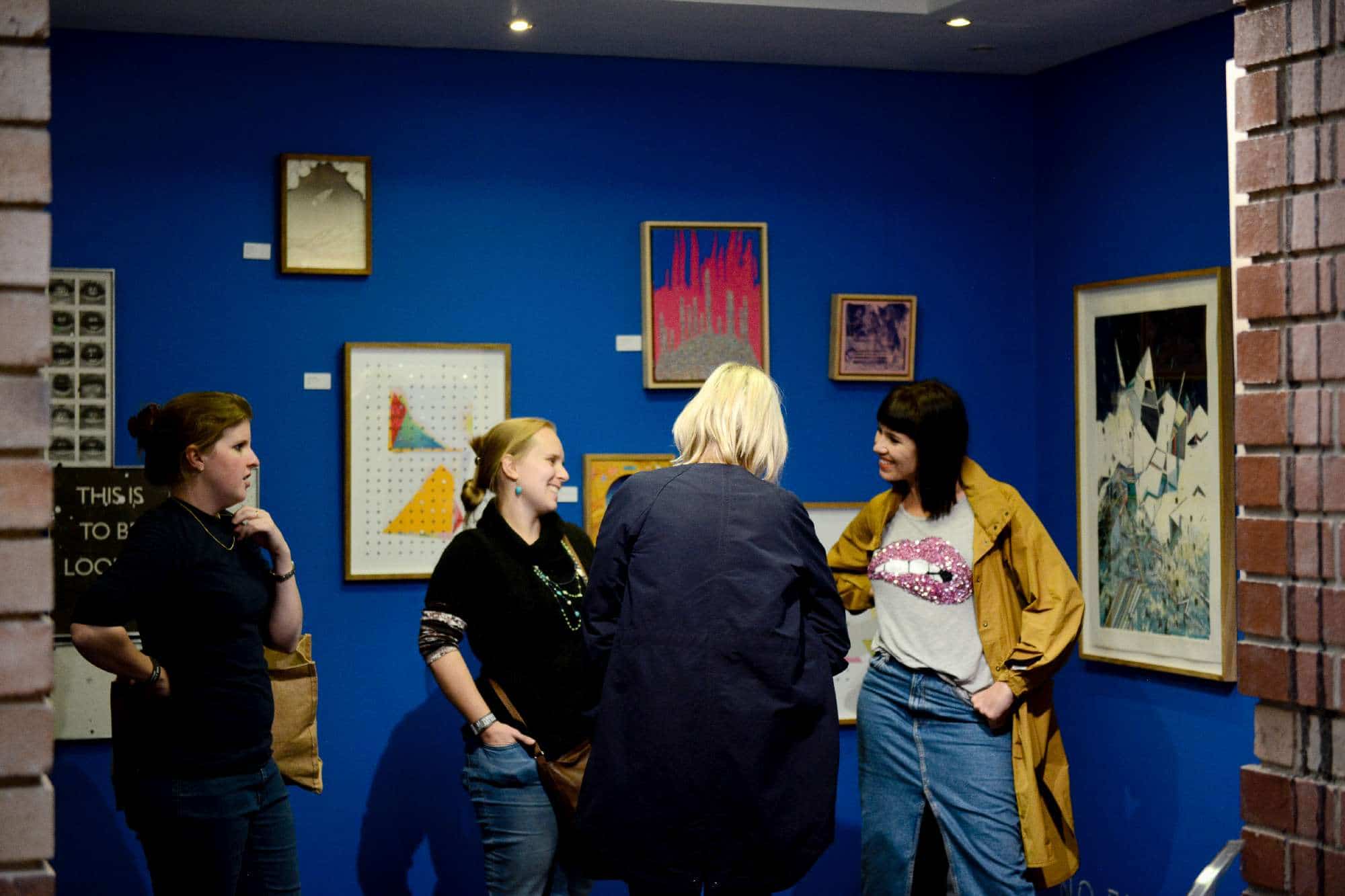
Images courtesy of Turbine Art Fair
Similarly, spaces such as Turbine Art Fair are allowing independent curators to have space to exhibit without being tied to a white cube gallery. In this way, in one space, so many different curatorial concepts are given room to unravel. The reoccurring theme here is that the idea of “the art space” is becoming less relevant. Big art fairs like Turbine Art Fair will occupy one space this year, to be in an entirely different space next year. Latitudes, in collaboration with RMB, is presenting its art fair this year as an “indoor-outdoor experience”. Speaking on the event, the Latitudes Online website reads:
“Central to the curation of the 2023 edition is sculpture, as well as solo and duo artist presentations. In addition to traditional art fair booths, galleries, curators and artists will be encouraged to create their own unique exhibition spaces, in response to the unexpected and intimate venue.”
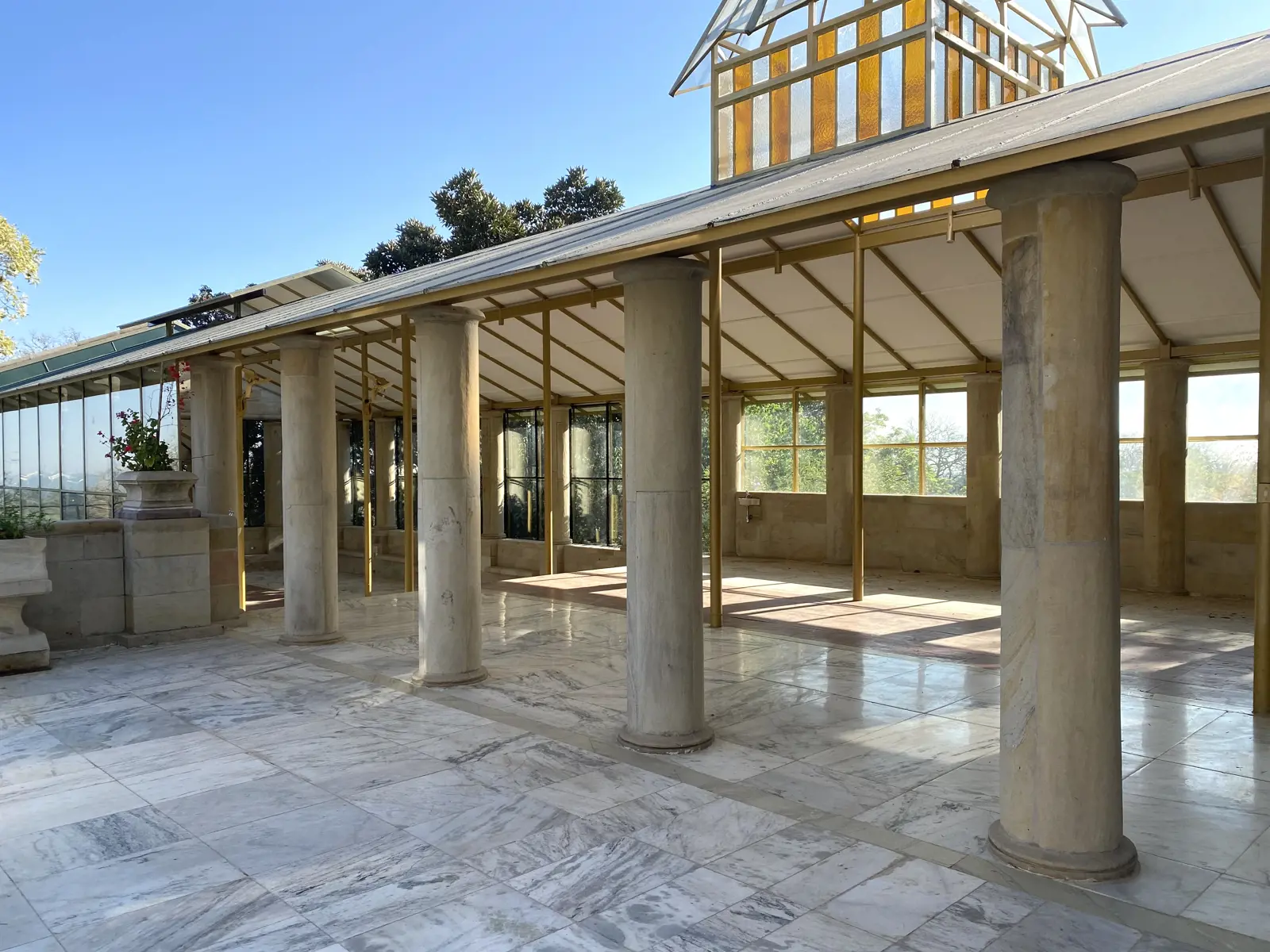
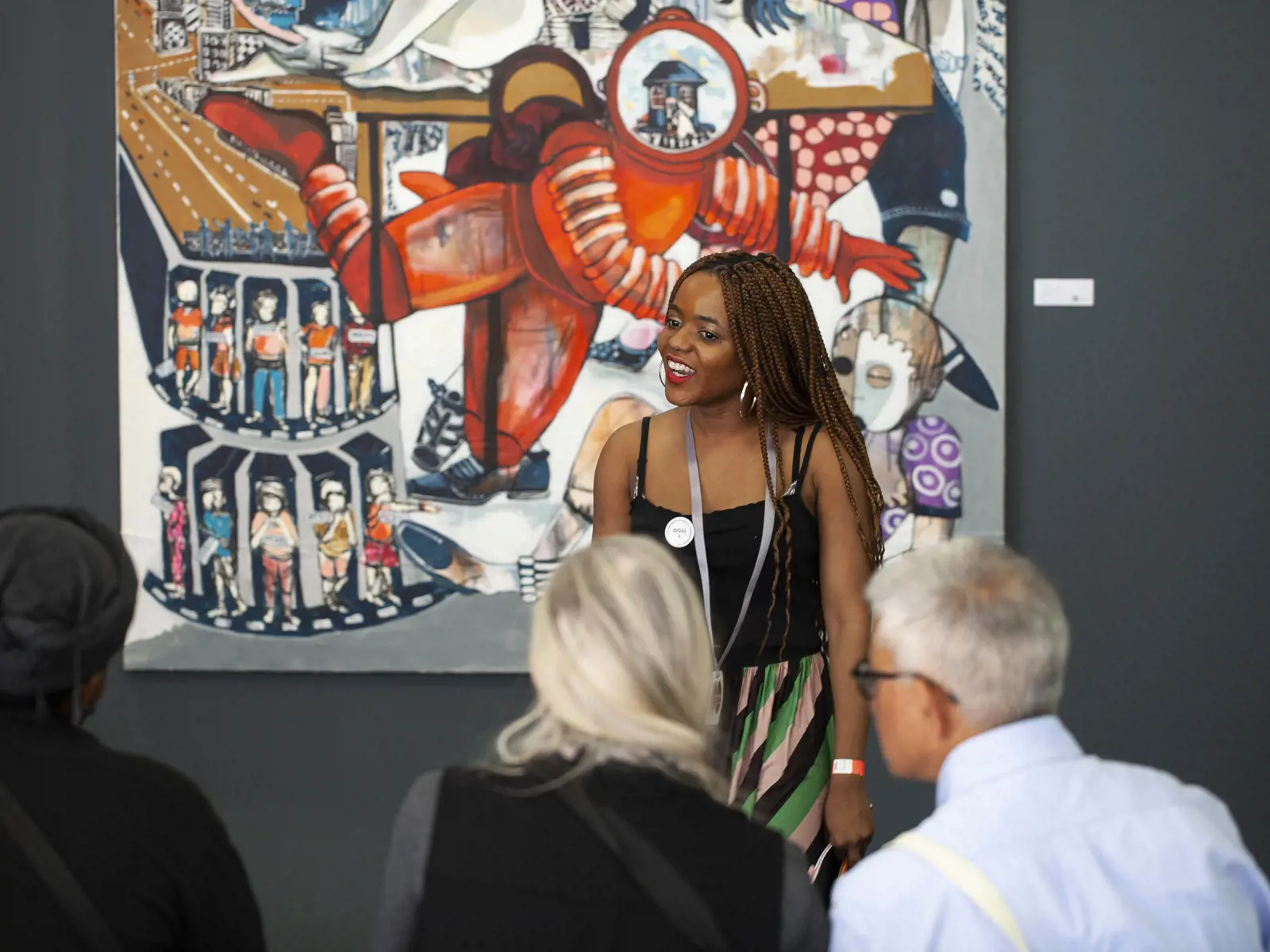
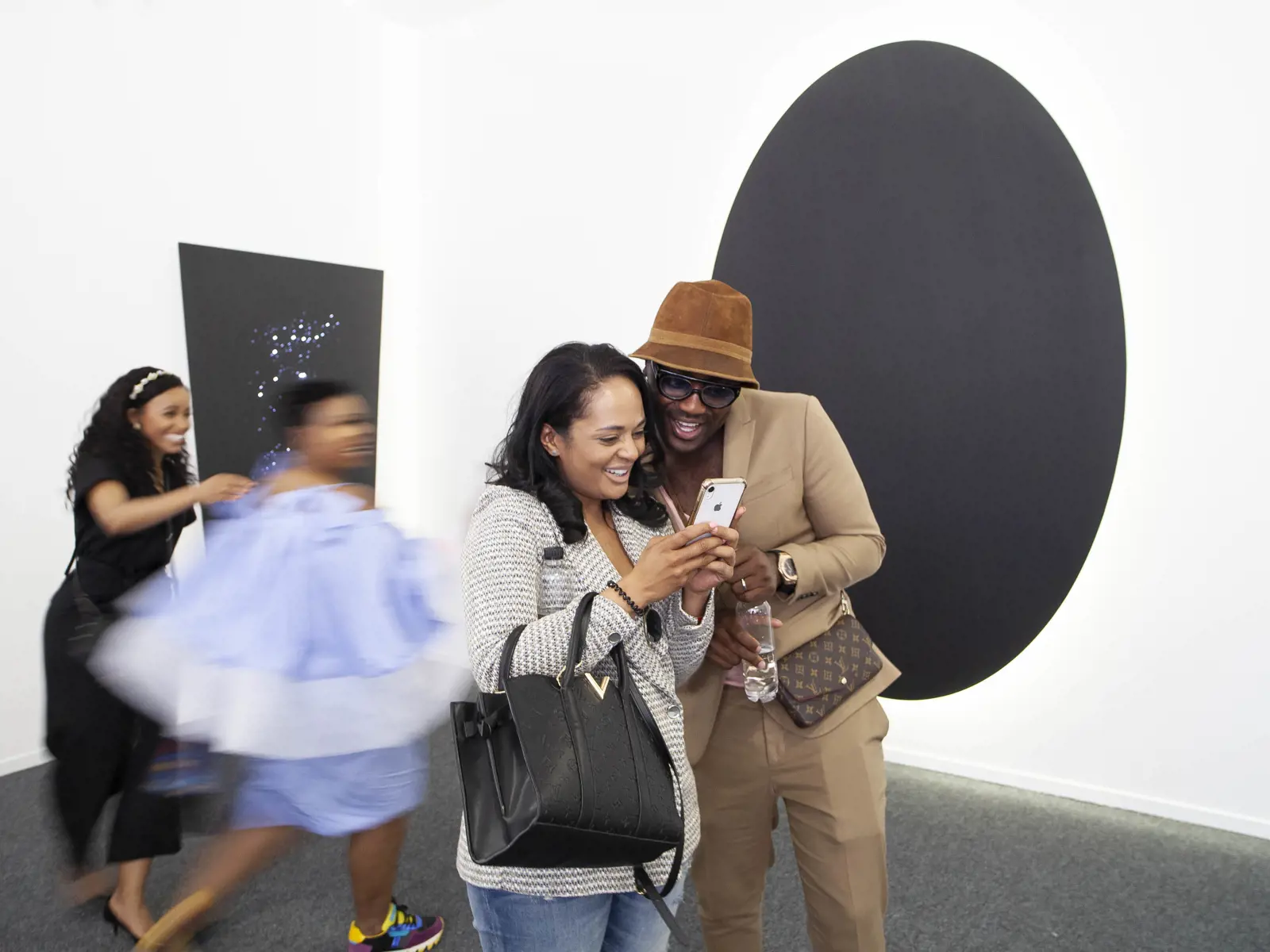
Images courtesy of Latitudes Art Fair
The white cube is long shattered, and the artists run free. In this instance, there’s a relationship between art and the natural world. In another popular instance, we see artists fostering a relationship between their work and the internet, with the extremely visible presence of artists running entire businesses from TikTok. From the creation to the marketing of the art, it all exists online now. It doesn’t even necessarily take the artist themselves having to market their work, with the magical nature of internet virology. Take Zanele Muholi, for example, who is featured among many contemporary African artist lists and has a hashtag on TikTok with over 180 000 views. That’s considerably more foot traffic than the average gallery will get in even a year. All of this with no videos made by the actual artist.
The kind of art spaces that do stand strong against the digital art market still needs to account for the fact that gallery spaces now are often spaces in bustling metropolitans. They offer people an escape into beauty, and they would want to capture that digitally. We’ve spoken about the desire to pose in front of art before. The modern gallery, and especially Africa’s largest, cannot afford to be in a physical space which doesn’t aesthetically inspire engagement, in a time when engagement and inclusivity are everything. The modern gallery should be liquid and adaptive to the climate of the world it inhabits.
